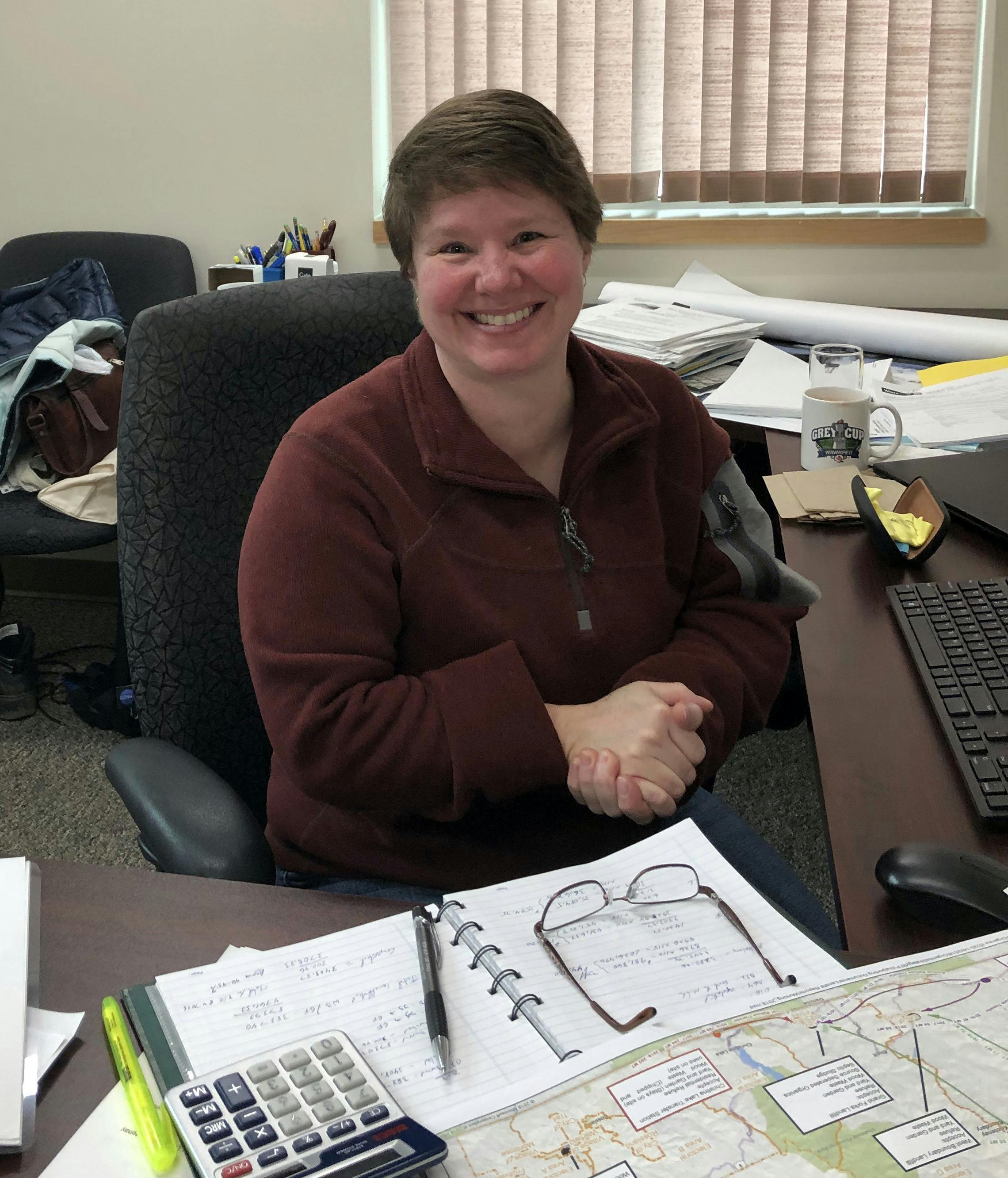Floating Benthic Mat Pilot Project
Consultation has concluded
The Regional District of Kootenay Boundary (RDKB) has been using SCUBA divers to control infestations of Eurasian watermilfoil (EWM) in Christina Lake for the past 37-years. Although the efforts of the Dive Crew have been able to keep the watermilfoil from significantly expanding in most areas, there are challenges with the existing program that require the exploration of alternative control methodologies to supplement current efforts.
For example, the south end of the lake experiences high boat traffic, which in some locations poses a risk to the diver’s safety and the boat traffic results in the continual spread of watermilfoil fragments, which, subsequently settle and re-establish.
In preliminary investigations into alternative control methodologies, the use of a floating benthic mat technology looked promising. Floating Benthic Barriers were successfully used for control of EWM in the Kootenay and Columbia system on a reduction project by Golder Associates and the Okanagan Nations Alliance (ONA).
Another aquatic invasive plant of concern in Christina Lake is Fragrant Waterlily (FL). Although, currently less abundant than EWM, FL has a much more robust root base and is potentially more challenging for removal by the Dive Crew.
In 2018, the RDKB completed a preliminary investigation into control options for FL, and estimated dive crew cost for digging versus cutting over a three-to-five-year period depending on site size (Stewart 2019). The RDKB does not have access to funding through any local services that could be used for FL, and as such, a request was submitted to the Province to help fund a pilot project in the use of floating benthic mats for control work on FL. The RDKB wanted to document the process, effectiveness and costs to deploy the barriers and share this information with the Province for future control activities.
In 2022 the RDKB received $16,000 in grant monies from the province to help fund a pilot project utilizing the floating benthic mat technology, targeting primarily Fragrant Waterlily. As EWM is typically also present near Fragrant Waterlily patches, the benthic mats were also used to test their effectiveness on EWM.
The RDKB has set up a 2-year pilot project to test the feasibility of using floating benthic mats to control dense infestations of fragrant waterlily and to control EWM problems in areas where it is difficult for divers to access or not safe for divers to remove. This includes areas around marinas and where large dense patches have high levels of boat traffic (south bay).
Year 1 of the pilot project was completed in 2023 after receiving the required Kootenay-Boundary Water Sustainability Regulation Notification. Results from Year 1 of the Pilot Project can be found in the Benthic Mat Project Year 1 Summary Report (See Document section on the right hand column of this page).
Following discussions with Provincial staff, for year 2 of the pilot project, the RDKB would like to expand the project to landowners with heavily infested EWM located in the South End of the Lake that meets testing criteria. The RDKB is looking for waterfront property owners who would be interested in participating in the pilot project. Although we are in the early stages of developing the waterfront property program, it is envisioned that the RDKB will assist with the notification process, installation & removal of the Benthic Mats. The Benthic Mats will be supplied by the RDKB for this pilot.
DISCLAIMER! Not all waterfront property owners who submit interested, will be picked, as selection is dependent on specific criteria, site assessment performed by a Qualified Person and available budget. Some of the initial criteria that will be considered is listed below:
- Areas dominated by >75% EWM or FL the size of areas to be treated.
- Is there a presence of a dock structure.
- Environmental areas of high-value habitat for native fish species (E.G., locations with known shore spawning habitat (red zones)).
The Benthic Mats will be utilized for as short a period as possible and will be placed down and removed within 6-9 weeks. If you are interested in being considered for the waterfront property owner pilot project, please complete the survey. We will require you to provide your name, address, contact information, so that we may follow-up with you regarding your submission.
 Native Water Shield
Native Water Shield Invasive Fragrant Waterlily
Invasive Fragrant Waterlily Invasive Eurasian Watermilfoil
Invasive Eurasian Watermilfoil 


